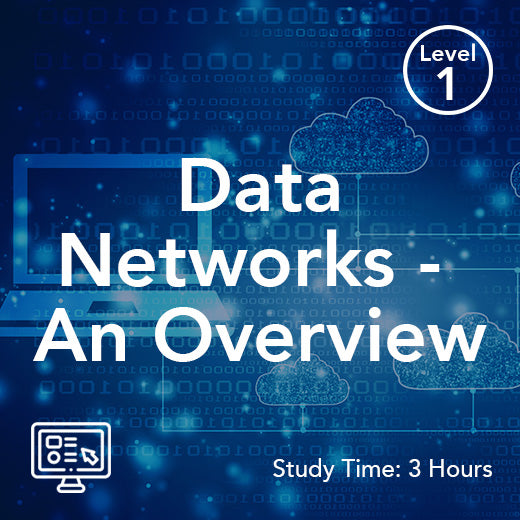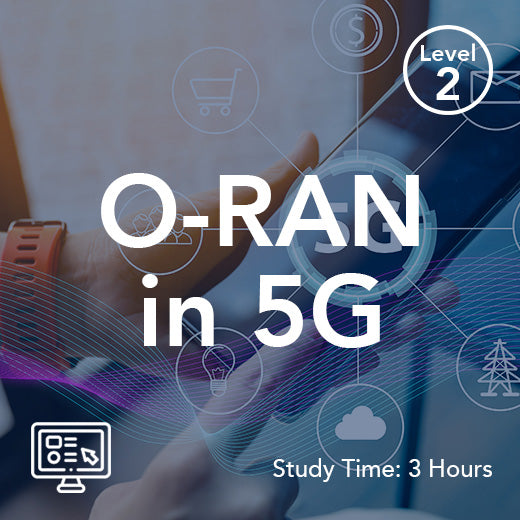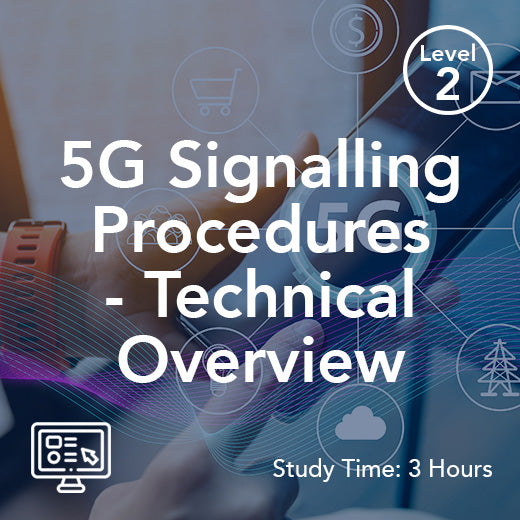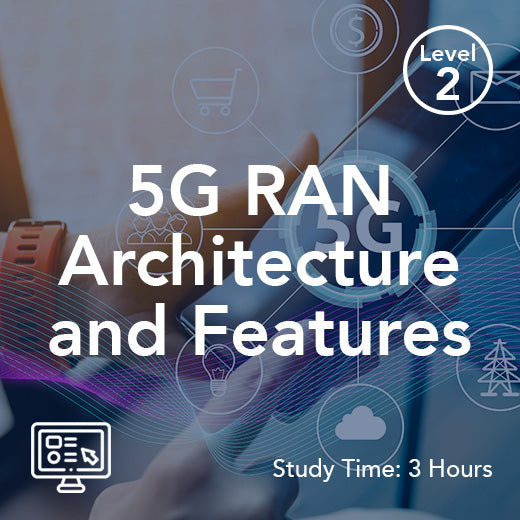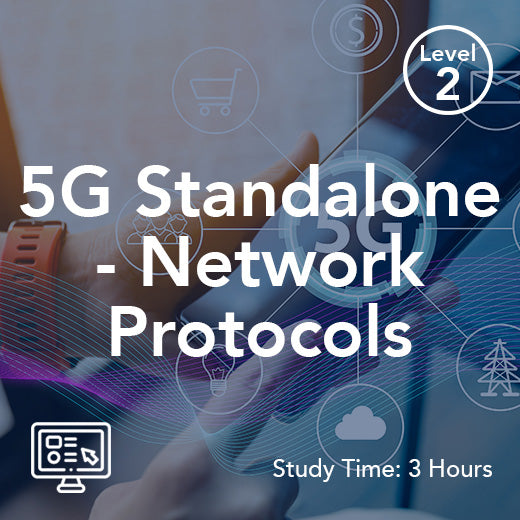What Is 5G Ultra Wideband?
- , by Stephanie Burrell
- 6 min reading time
In the fast-paced world of technology, the race to develop the next generation of wireless networks is well underway. One of the most anticipated advancements in this space is the rollout of 5G technology, offering faster speeds. And within the realm of 5G, there is a subset known as 5G Ultra Wideband that is generating a lot of buzz.
So, what exactly is 5G Ultra Wideband and how does it differ from other iterations of 5G technology? In this article, we will delve deep into the world of 5G Ultra Wideband to provide a comprehensive understanding of its capabilities and potential impact.
5G Ultra Wideband is a specific type of 5G technology that utilizes high-frequency millimeter wave (mmWave) spectrum to deliver incredibly fast speeds and low latency. This technology is capable of supporting data transfer rates of up to 10 Gbps, which is significantly faster than the speeds offered by 4G LTE networks. Additionally, 5G Ultra Wideband improves upload speeds, enhancing overall performance.
The key distinction between 5G Ultra Wideband and other forms of 5G lies in the frequency bands that are used. While traditional 5G networks operate in lower frequency bands, such as sub-6 GHz, 5G Ultra Wideband leverages much higher frequency bands in the mmWave spectrum. These higher frequencies allow for greater bandwidth and faster data transmission, making 5G Ultra Wideband ideal for applications that require high-speed connectivity, such as virtual reality, augmented reality, and autonomous vehicles.
One of the primary benefits of 5G Ultra Wideband is its ability to support a massive number of connected devices simultaneously. This is crucial as the Internet of Things (IoT) continues to grow, with an estimated 75 billion connected devices expected to be in use by 2025. By leveraging the high bandwidth and low latency of 5G Ultra Wideband, networks can handle the increased traffic generated by these devices without sacrificing performance.
In addition to its speed and capacity, 5G Ultra Wideband also offers improved reliability and security compared to previous generations of wireless technology. With features such as network slicing and edge computing, 5G Ultra Wideband can provide more robust connectivity for mission-critical applications, such as remote surgery and autonomous drones. This new service offers features like enhanced security and reliability.
Despite its many advantages, there are some challenges associated with 5G Ultra Wideband. The high-frequency mmWave spectrum used by this technology has a limited range and can be easily obstructed by buildings, trees, and other obstacles. As a result, deploying 5G Ultra Wideband networks requires a significant investment in infrastructure, including the installation of small cells and repeaters to ensure reliable coverage. Customers will benefit from the improved connectivity and faster speeds.
Devices equipped with 5G Ultra technology can automatically reconnect to the 5G Ultra network as soon as users are in a covered area, ensuring seamless connectivity.
Overall, 5G Ultra Wideband represents a significant leap forward in wireless technology, offering unprecedented speed, capacity, and reliability. However, network congestion can be a challenge, affecting performance. The expansion of 5G Ultra Wideband aims to provide broader coverage, making it accessible to more users.
In conclusion, 5G Ultra Wideband is a game-changing technology that promises to revolutionize the way we connect and communicate. By leveraging high-frequency mmWave spectrum, this technology offers unparalleled speed, capacity, and reliability, making it ideal for a wide range of applications. While there are challenges to overcome, the potential benefits of 5G Ultra Wideband are vast, and its impact on the digital landscape is sure to be profound. The mid-band frequencies also play a crucial role in balancing coverage and speed, making it suitable for various applications. Phones compatible with 5G Ultra Wideband will significantly enhance user experiences.
Applications like streaming video will greatly benefit from the high speeds and low latency of 5G Ultra Wideband. However, speeds can vary depending on factors such as network coverage and signal strength.
The infrastructure supporting 5G Ultra Wideband, including the RedStream fibre optic backbone, ensures robust connectivity. The area covered by 5G Ultra Wideband is expanding, making it accessible to more users.
The transition to 5G technology brings significant improvements in speed and performance. Factors such as the network provider and device compatibility play a crucial role in determining actual performance outcomes.
To access 5G Ultra Wideband, users may need a specific monthly plan and a compatible phone. The speeds offered by 5G Ultra Wideband can rival traditional Wi-Fi connections, providing a seamless internet experience.
The overall benefits of 5G technology, including its integration with the wider internet, are substantial. Access to 5G Ultra Wideband requires a compatible device, ensuring users can fully utilize its capabilities.
The greater coverage and ultra capacity of 5G Ultra Wideband make it a powerful tool for modern communication needs. Additionally, the efficiency improvements of 5G Ultra Wideband can enhance battery life, while strong signal strength ensures optimal performance.
Devices like the Samsung Galaxy series are compatible with 5G Ultra Wideband, providing users with access to average speeds ranging from 150 to 200 Mbps, with potential peaks up to 1 Gbps.
Introduction to 5G Technology
5G technology is the next generation of wireless technology, designed to provide faster data transfer rates, lower latency, and greater capacity than its predecessors. With 5G, users can expect faster speeds, expanded coverage, and enhanced mobile technology capabilities. This new generation of wireless technology is set to revolutionize the way we live, work, and play, with applications in fields such as virtual reality, augmented reality, and the Internet of Things (IoT). 5G Ultra, in particular, offers ultra-low latency, faster speeds, and greater capacity, making it an attractive option for those who require reliable connections and smoother streaming.
Network Coverage
Network coverage is a critical aspect of 5G technology, with different types of networks offering varying levels of coverage. 5G Ultra Wideband, for example, offers lightning-fast speeds but may have limited coverage compared to 5G Nationwide. However, with the activation of Vodafone’s 900MHz spectrum band, 5G Ultra coverage is expanding to reach more areas, including rural locations. Users can expect to see improved coverage in busy places, such as station platforms, and can check their network provider’s coverage map to see the coverage in their area.
High-Band Technology
High-band technology, also known as millimeter wave, is a type of 5G technology that offers extremely fast speeds and low latency. This technology uses high-frequency bands to transmit data, resulting in faster data transfer rates and greater capacity. However, high-band technology may have limited range and be more susceptible to interference, making it less suitable for rural areas. Despite this, high-band technology is ideal for applications such as video streaming and online gaming, which require fast speeds and low latency.
Security and 5G
Security is a critical aspect of 5G technology, with the potential for increased vulnerability to cyber threats. However, 5G technology also offers advanced security features, such as encryption and secure authentication, to protect user data. With 5G, users can expect to see improved security and lower latency, making it an attractive option for those who require reliable and secure connections. Additionally, 5G technology has the potential to enable new security features, such as secure video chat and virtual private networks (VPNs), which could provide an additional layer of security for users.














